Introduction Achieving a more sculpted and defined appearance no longer requires surgery. Thanks to advancements…
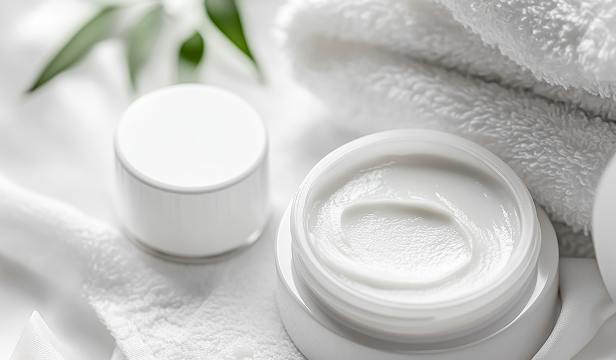
The Benefits of PRP (Platelet-Rich Plasma) for Skin and Hair
Introduction
Platelet-Rich Plasma (PRP) therapy is a cutting-edge treatment that utilizes the body’s natural healing properties to rejuvenate skin and promote hair growth. PRP is derived from a patient’s own blood and is rich in growth factors that stimulate tissue repair, collagen production, and hair follicle regeneration. This guide explores the benefits of PRP for both skin and hair.
1. What is PRP?
- PRP is a concentration of platelets derived from the patient’s blood.
- Platelets contain growth factors that promote healing, tissue regeneration, and collagen production.
- Used in both aesthetic and medical treatments to improve skin texture and hair growth.
2. Benefits of PRP for Skin
a. Stimulates Collagen Production
- Enhances skin elasticity and firmness.
- Reduces fine lines and wrinkles.
- Improves skin texture and tone.
b. Reduces Acne Scars and Hyperpigmentation
- PRP helps regenerate damaged skin tissues.
- Promotes even skin tone and minimizes dark spots.
c. Enhances Skin Hydration and Glow
- Encourages skin cell turnover for a radiant complexion.
- Increases moisture retention for healthier skin.
d. Minimizes Pore Size and Fine Lines
- Stimulates skin renewal, leading to a smoother appearance.
- Tightens pores, making skin look more refined.
3. Benefits of PRP for Hair
a. Encourages Hair Follicle Regeneration
- Stimulates inactive hair follicles to promote growth.
- Enhances hair density and thickness.
b. Reduces Hair Shedding
- Strengthens hair roots to minimize excessive hair fall.
- Improves scalp health for sustainable hair growth.
c. Non-Surgical and Natural Approach
- Uses the patient’s own blood, reducing risks of allergic reactions.
- A safe alternative to hair transplants or medications.
d. Enhances Scalp Circulation
- Improves blood flow to hair follicles.
- Delivers nutrients to the scalp for healthier hair growth.
4. The PRP Procedure
a. Preparation
- A small amount of blood is drawn from the patient.
- Blood is processed in a centrifuge to isolate platelet-rich plasma.
b. Application
- PRP is injected into targeted areas of the skin or scalp.
- Microneedling may be used to enhance absorption.
c. Post-Treatment Care
- Mild redness or swelling may occur for a few days.
- Patients should avoid excessive sun exposure and harsh skincare products.
- Results typically become noticeable after 2-3 sessions.
5. How Many Sessions Are Needed?
- Most patients require 3-6 sessions spaced 4-6 weeks apart.
- Maintenance treatments may be needed every 6-12 months.
6. Who is a Good Candidate for PRP?
- Individuals experiencing early-stage hair loss or thinning.
- Those looking to improve skin elasticity and texture.
- Patients seeking a non-surgical, natural rejuvenation method.
7. Potential Side Effects and Risks
- Mild redness, swelling, or bruising at the injection site.
- Minimal risk of allergic reactions since PRP is derived from the patient’s own blood.
- Temporary discomfort during the procedure.
Conclusion
PRP therapy offers significant benefits for both skin rejuvenation and hair restoration. It is a safe, natural, and effective treatment that enhances collagen production, improves skin texture, and stimulates hair growth. Consulting with a qualified professional can help determine if PRP is the right option for your aesthetic goals.
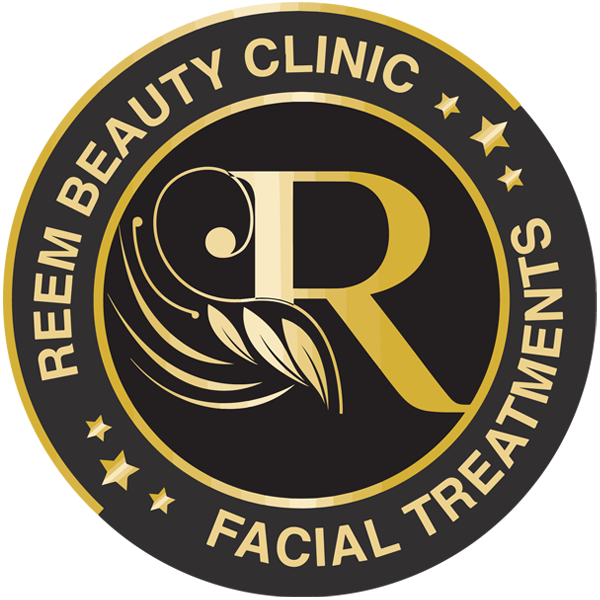
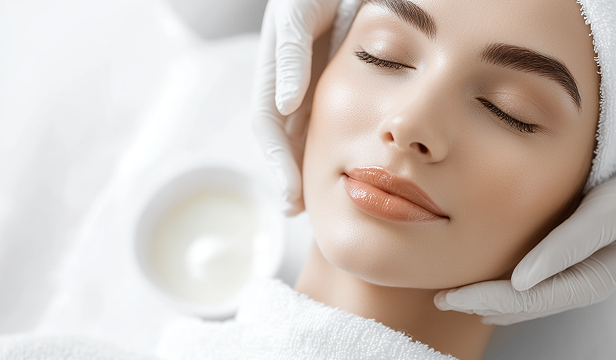
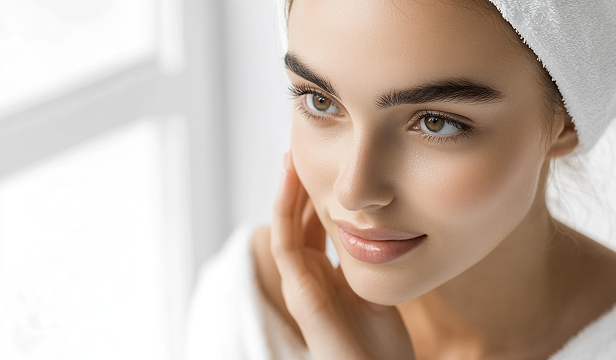
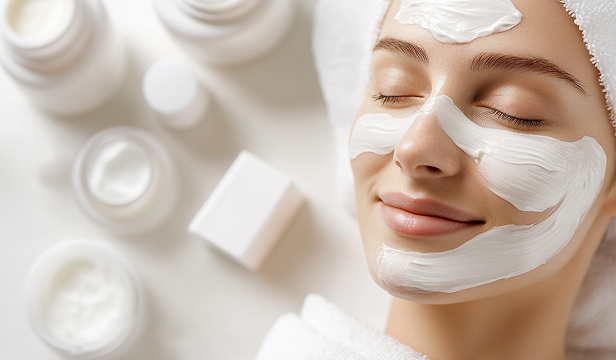
This Post Has 0 Comments